With deal flow scarce, the last thing PE firms need is a new, aggressive competitor for transactions. But that is what they’re getting from secondary buyers.
First consider where deals are coming from these days. By seller type, private equity firm themselves accounted for 24 percent of platform acquisitions last year, coming in second place behind private companies, according to data gathered by SPS by Bain & Co.
That sounds like a healthy percentage. But it is down from 30 percent in 2021. It’s also the lowest percent recorded in the last five years.
One likely reason for the drop? Secondary buyers backing so-called GP-led secondary deals. Such transactions come in a variety of flavors. But a common theme in these deals: GPs don’t sell their companies to other GPs or companies or take them public. Rather, they team up with secondary buyers or lenders to offer partial or full liquidity to limited partners. Often, they end up staying in control of their portfolio companies.
The market for GP-led secondary deals has exploded in the last few years. From $10 billion in 2016, the market grew to $34 billion by 2020 and $68 billion in 2021 before cooling to $50 billion last year, according to estimates by investment bank William Blair. The investment bank projects a rebound to $65 billion this year.
By far the most common type of GP-led secondary deal involves the formation of a continuation fund. Audax Group, NewSpring Capital and Thompson Street Capital Partners are among the many firms to create such vehicles in recent years.
As the name suggests, a continuation fund acquires a prized asset from a limited partnership. Secondary buyers come into the continuation fund as new investors, while many of the original LPs roll over equity. The GP then manages the continuation fund under freshly negotiated terms.
The upshot: a company that a decade ago might have been put on the market for a sale instead remains in the portfolio of the original GP.
Array of Options
And single-asset continuation funds are just one of many secondary-market choices available to GPs who want to offer investors a way to cash out.
In order of popularity, we’re seeing multi-asset sales to secondary buyers, preferred equity transactions, and tender offers. We’re also seeing strip sales, which involve the sale of stakes in a series of portfolio companies.
All told, secondary buyers had some $126 billion at their disposal at year-end to finance new transactions, William Blair estimated.
For sponsors looking to keep up their blazing pace of transactions of the last few years the timing couldn’t be worse. Talk of recession gets louder every day. Few private companies view this as a great time to bring their companies to market. Ditto with corporations seeking to get top dollar for divisional spin-offs.
In the past, PE firms looking to raise their next fund might have ignored the sub-optimal timing. They know there is nothing like returning cash to limited partners to fuel their fundraising engines. But with the advent of the GP-led secondary market, PE firms can simply create a continuation fund, achieve the same effect, and stay in control of their company.
Notably, Boston-based Audax Group late last year formed a new business platform called Audax Strategic Capital. In its December announcement, Audax Group said that the platform “will partner with sponsors to enable continued investment in middle market companies, particularly initiatives to drive organic growth and pursue M&A opportunities.”
Audax Group evidently wants to capture a piece of the GP-led secondary market for itself.
To avoid getting left behind in the race for deals, other deal sponsors may want to follow Audax Group’s lead.

